Everybody loves newsletters
Revisiting 'Raymond,' plus 'Common Side Effects,' 'Smoke,' and 'Poker Face' moves to the Big Apple
This week’s What’s Alan Watching? newsletter coming up just as soon as I get blackballed for sucker punching Rex Reed…
Funny people
My career began as a summer intern at The Star-Ledger in 1996, and a convergence of fluky circumstances led to me being sent to the Television Critics Association press tour a few weeks after I started. This meant I had to watch the pilot episodes for all of that fall’s new network series. One of the first of those was a sitcom called Everybody Loves Raymond. I was brand-new at the job — technically, it wasn’t even my job yet — and a long way from being able to watch a TV pilot and make an educated guess as to whether a show would be good. (This, by the way, was how we used to have to review every show. Getting more than one episode to review off of was rare. Getting entire seasons, the way critics often do now, would have been impossible, since broadcast network shows’ seasons were, and are, produced while they’re airing.) But when I watched this scene from the Raymond pilot, I knew there was something very special going on:
On Monday night, the Paley Center in New York held a 30th (ish) anniversary panel featuring Phil Rosenthal, Ray Romano, and four other Raymond writers, with me as moderator. When you have a stage filled with funny people who have known each other for decades, you’re almost certainly going to have a fun panel, and most of the night felt like I was just tossing up lobs for one of them to dunk. The panel should be on the Paley YouTube channel within the next couple of weeks, but here’s a taste of what we discussed in the meantime (all quotes are paraphrased):
Phil said the writers room process was very simple. Every Monday, the staff would come in, make small talk for a couple of hours about what they did in their personal lives since the group was last all together, and eventually someone would tell a story that they realized could be the basis of an episode. Phil would always tell them, “Your job is to go home to your families to get into fights, so you can come back and write it for TV.” The writers said there were times when they’d be in the middle of an argument with a spouse or parent, and the other person would say, “Don’t you dare put this on the show!” And there were also times when their partners would get annoyed when Ray Barone would turn out to be more sensitive than the writers had been in the real version. Ray Romano’s wife once told him after watching a Ray/Debra scene, “You just talked to her in that scene more than you’ve talked to me all week.” (Ray told her, “And I said, “‘We have writers!’”) And Phil’s wife (Monica Horan, who eventually played Robert’s wife Amy on the show) once punched him in the arm after a scene where Ray apologizes to Debra in a story based on an argument she and Phil had, saying, “How come you understand it for television?!?!”
Ray talked about his evolution from a stand-up comic who couldn’t act — including a retelling of the story of how he was fired from NewsRadio after the first day of rehearsals (and replaced by… Joe Rogan, unfortunately) — to a guy who deservedly won an acting Emmy for Raymond, and who eventually turned into an excellent character actor on shows like Men of a Certain Age (improbably still streaming on Max!), Parenthood, and multiple Scorsese productions.
There was also some funny business about Ray’s annoyance that he used to be the famous one in his partnership with Phil, and now thanks to Somebody Feed Phil, when they go out to dinner, it’s Phil that people come up to take photos with. Phil even noted that his fans often ask Ray to take the picture!
We also talked a bit about an aspect of the show that was pretty rare for its time, and is almost non-existent now: Raymond episodes didn’t have subplots. There was just an A-story that involved all five main characters, and that was it. Phil’s a big fan of vintage Fifties and Sixties sitcoms (The Dick Van Dyke Show especially) that were structured that way, and he felt that if an idea wasn’t good enough to fill up a whole show, it wasn’t worth doing. This also meant that they could do really long scenes, letting jokes really breathe, and often getting laughs out of long reaction shots from the actors, Brad Garrett especially.
Anyway, it was a great panel about one of the great comedies in TV history, let alone that I’ve covered in my career. All nine seasons are streaming on both Peacock and Paramount+. The Paley Center also has a Raymond exhibit, which includes behind the scenes photos, wardrobe, and memorable props, including one that inspired my favorite quote from the show:
Let’s take a trip
Operation Catch-Up has its first success story. I binged Adult Swim’s Common Side Effects — a heady blend of conspiracy thriller, late-stage capitalism satire, character drama, and psychedelia — loved it, and did my best to both explain the show and why I liked it. Had I gotten to it sooner — say, when it premiered back in February — it certainly would have made my best of 2025 so far list. All episodes streaming on Max.
Smoke ‘em if you got ‘em
As I’ve said, we generally try to run reviews very close to when shows debut, if not on the actual premiere day. We’ll make exceptions for big new or returning shows where there’s a lot of anticipation, or in unusual circumstances like this slow, slow drip of a month. Apple TV’s Smoke doesn’t get released until next week, but desperate times call for desperate chasing of embargoes.
(Speaking of which, there are several big premieres next week that are embargoed to time of release, and/or where I don’t have screeners yet, so I can’t say anything about them at the moment.)
As I discuss at length in my review, Smoke — created by Dennis Lehane, and starring Taron Egerton and Jurnee Smollett as an arson investigator and a cop who team up to chase two unrelated serial arsonists — is an odd duck of a show. I was so frustrated with the first two episodes that I almost stopped watching several times. And then the end of the second episode reveals that the story is very different from how it seemed at first, and almost immediately, everything that wasn’t working clicked into place. It’s not perfect after that, and the ending is especially messy. But it’s pretty gripping, and Egerton and Smollett are terrific.
Taking two episodes to get to your real premise isn’t a full Surf Dracula situation, but it’s still asking a lot of viewers with busy lives and a million other shows to catch up on. I understand the thematic and stylistic point of why Lehane structured it this way. I just don’t know if non-critics will have the patience to get to the good stuff.
Poker Face recaplet: “A New Lease on Death”
Finally, this week’s Poker Face takes Charlie’s non-fugitive status even further than before, as she moves into Good Buddy’s New York apartment and is still living there when the episode ends. Appropriately enough, it happens in an episode that’s all about New York real estate, and the lengths people will go to in order to hang onto a rent-controlled apartment. (It’s also an echo, intentional or not, of the fantastic His Three Daughters, where Natasha Lyonne was also involved in the inheritance of a rent-controlled apartment.) There’s even a cameo by Patti Harrison, as the woman who gives Charlie her extra coffee, that has no payoff anywhere else in the episode, but makes sense as an introduction to a character we might see again later, since Charlie doesn’t leave the neighborhood the way she usually does after solving a case.
Despite an impressive guest star roster — Awkwafina, Alia Shawkat, Lauren Tom, David Alan Grier, Harrison, etc. — “A New Lease on Death” was less exciting than the last few, in part because it overlapped too much with the last few. This is two con artist stories in a row, and two of the last three episodes where the plot winds up mirroring a movie one or more of the characters is obsessed with. And while I know that it’s a trope of this genre for the victim to foolishly threaten their killer with exposure, rather than simply exposing them, Poker Face is usually better about finding a new spin on the old tropes than what happened here. That said, we do get a nice inversion of that at the end of the episode, when it seems as if Charlie has once again recklessly given the bad guy an opportunity to kill her, only it turns out that this was her plan the whole time, thanks to help from her tap-dancing fireman upstairs neighbor.
And, again, the idea of Charlie staying in one place is interesting in and of itself. I finished this wondering how different Poker Face would feel if Charlie stayed off the road for a while.
That’s it for this week! What did everybody else think?


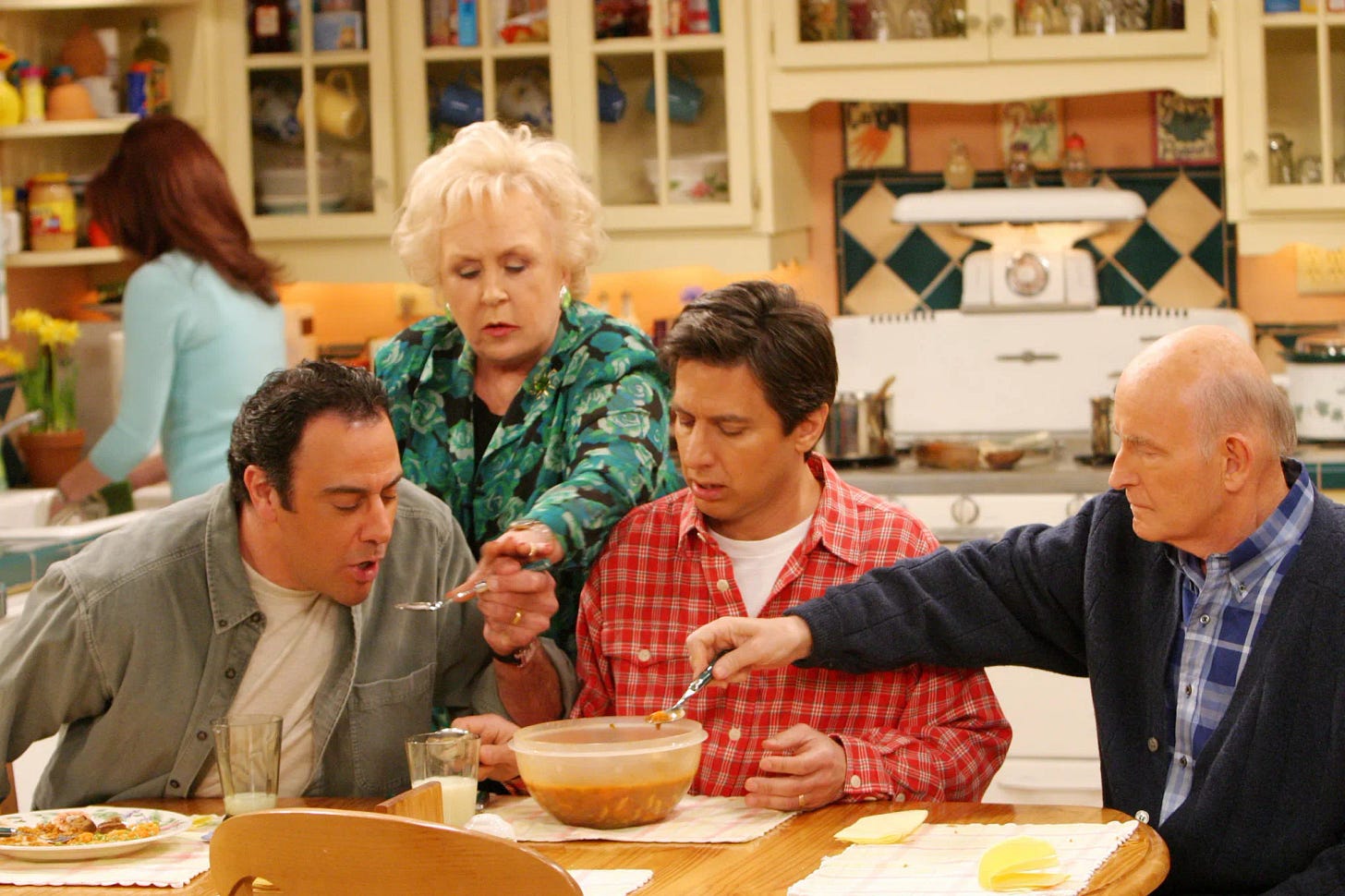
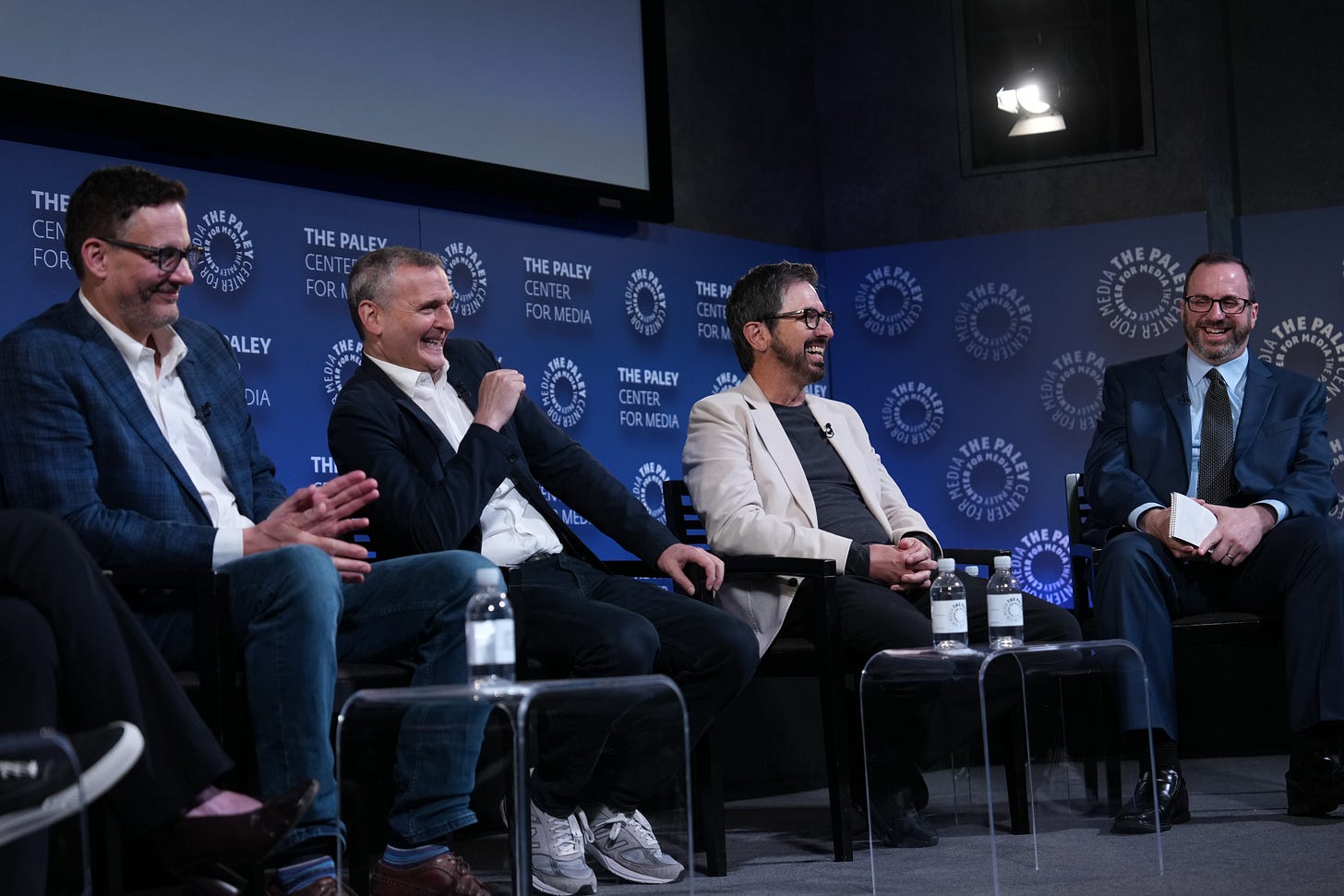
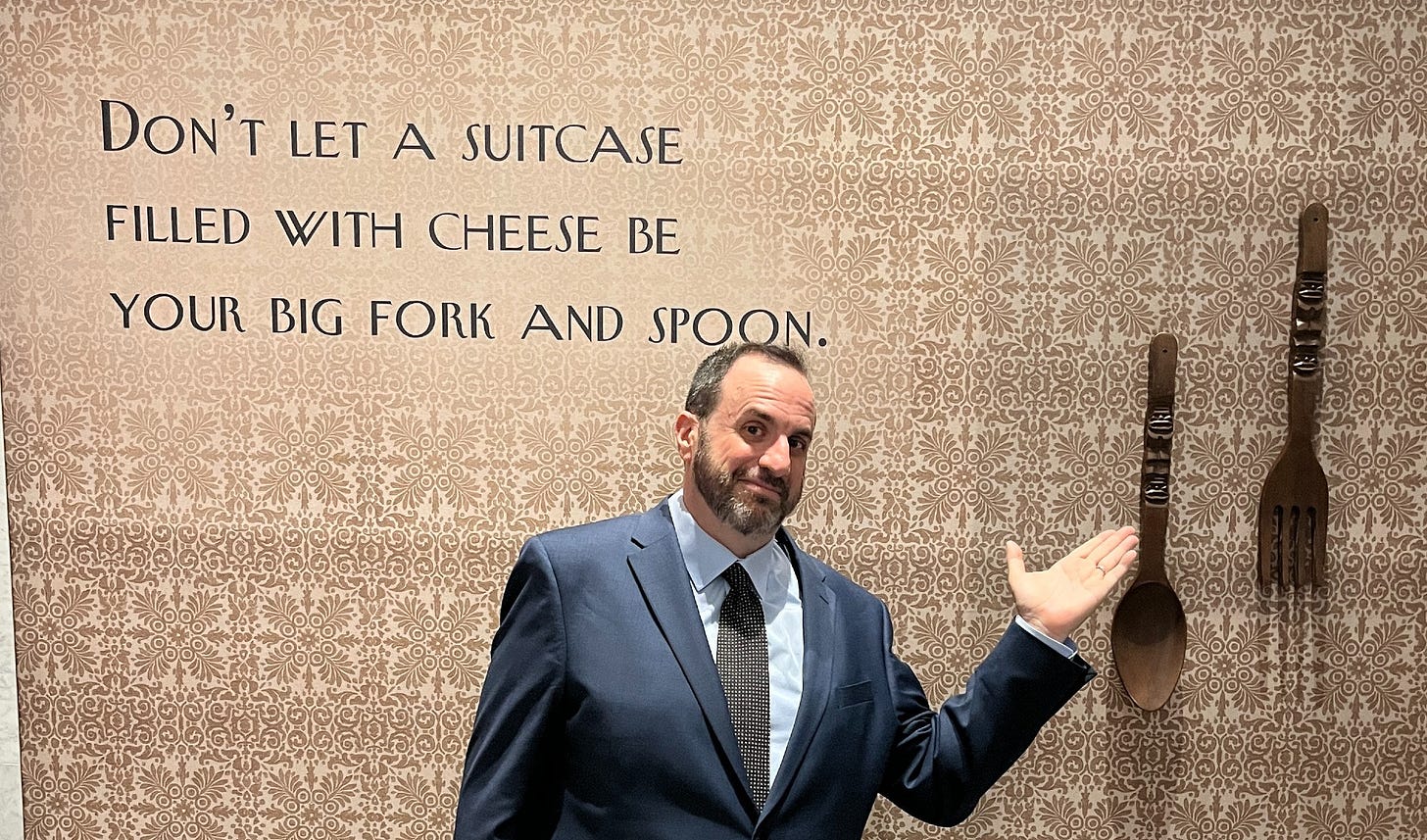
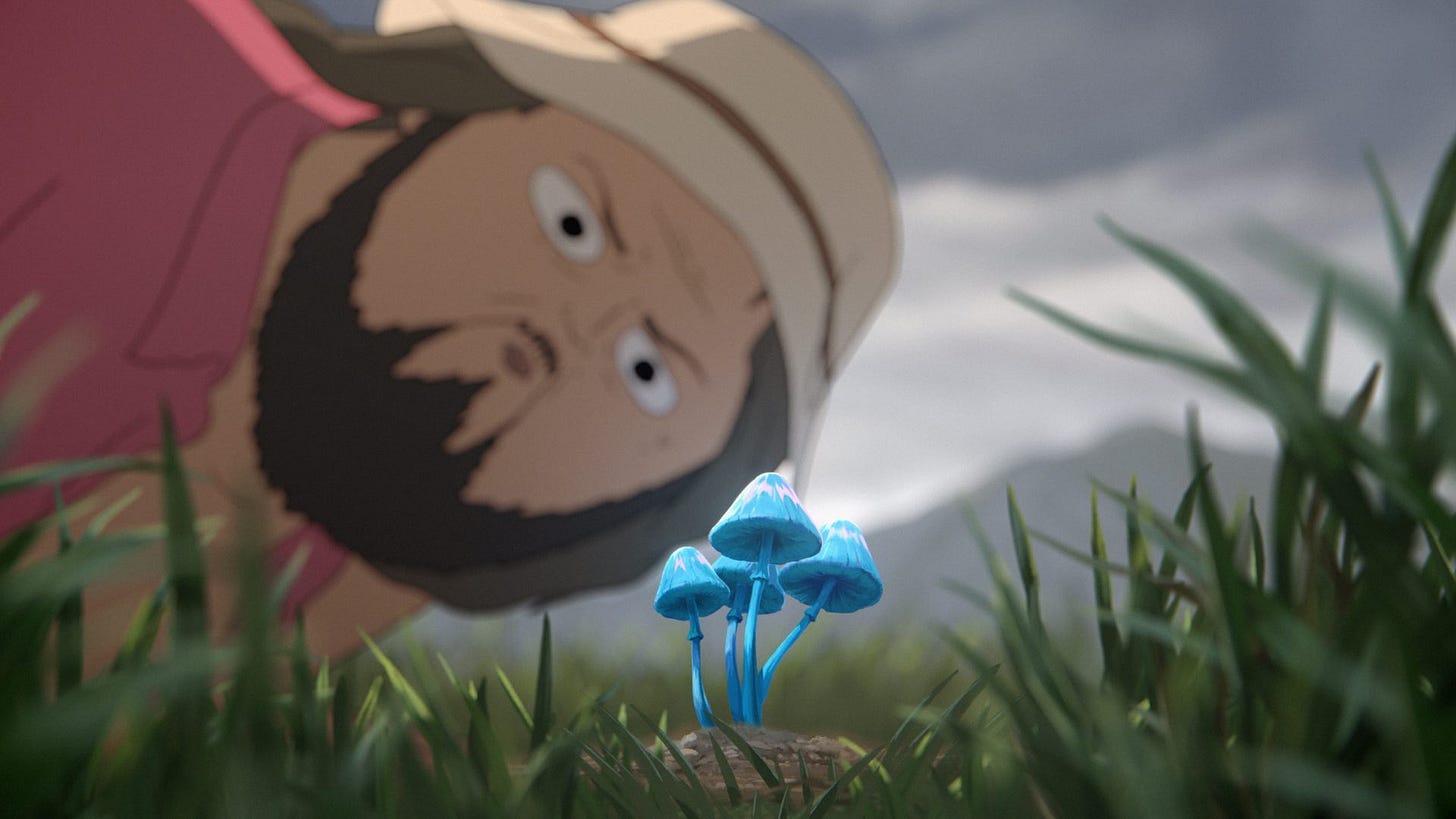
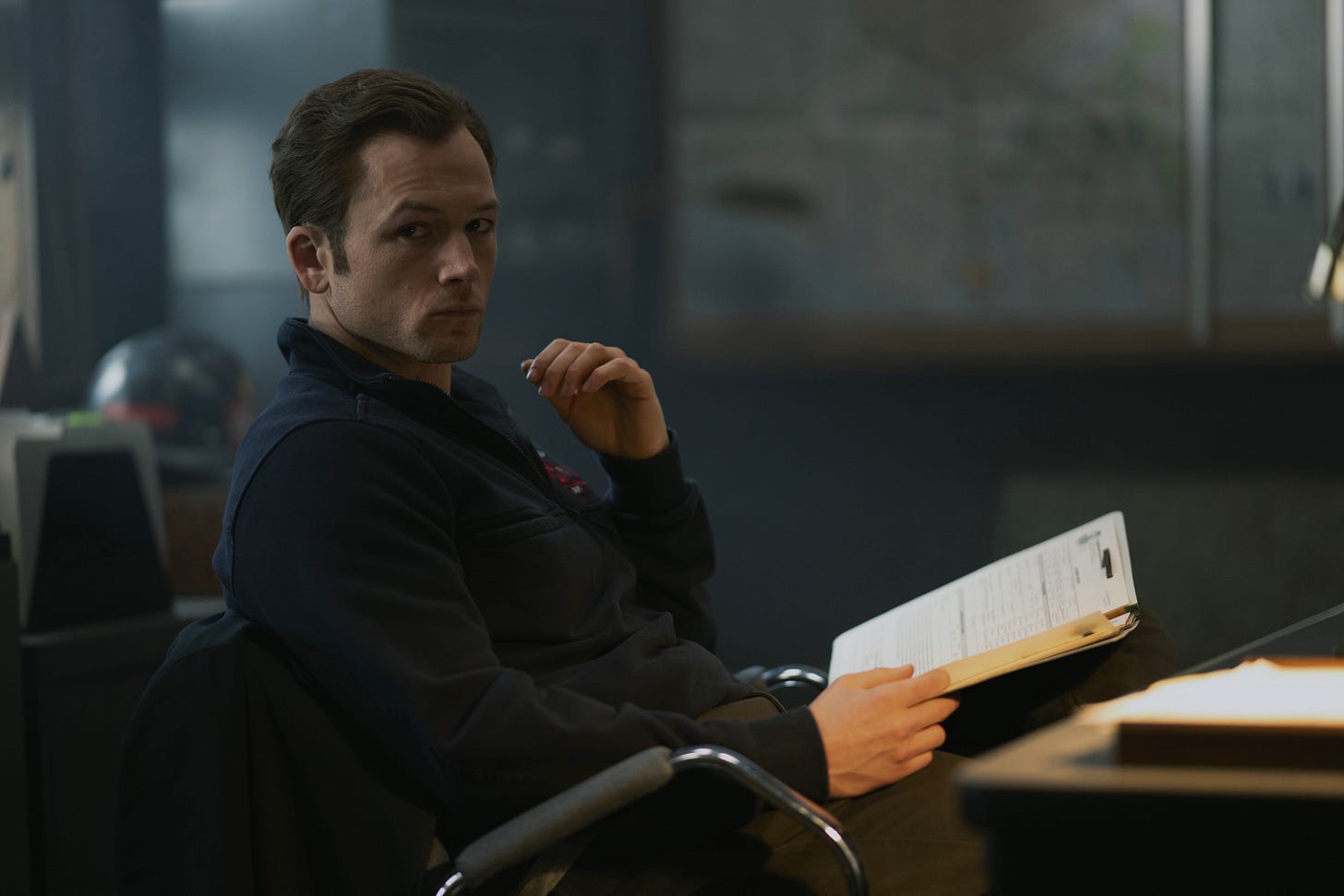
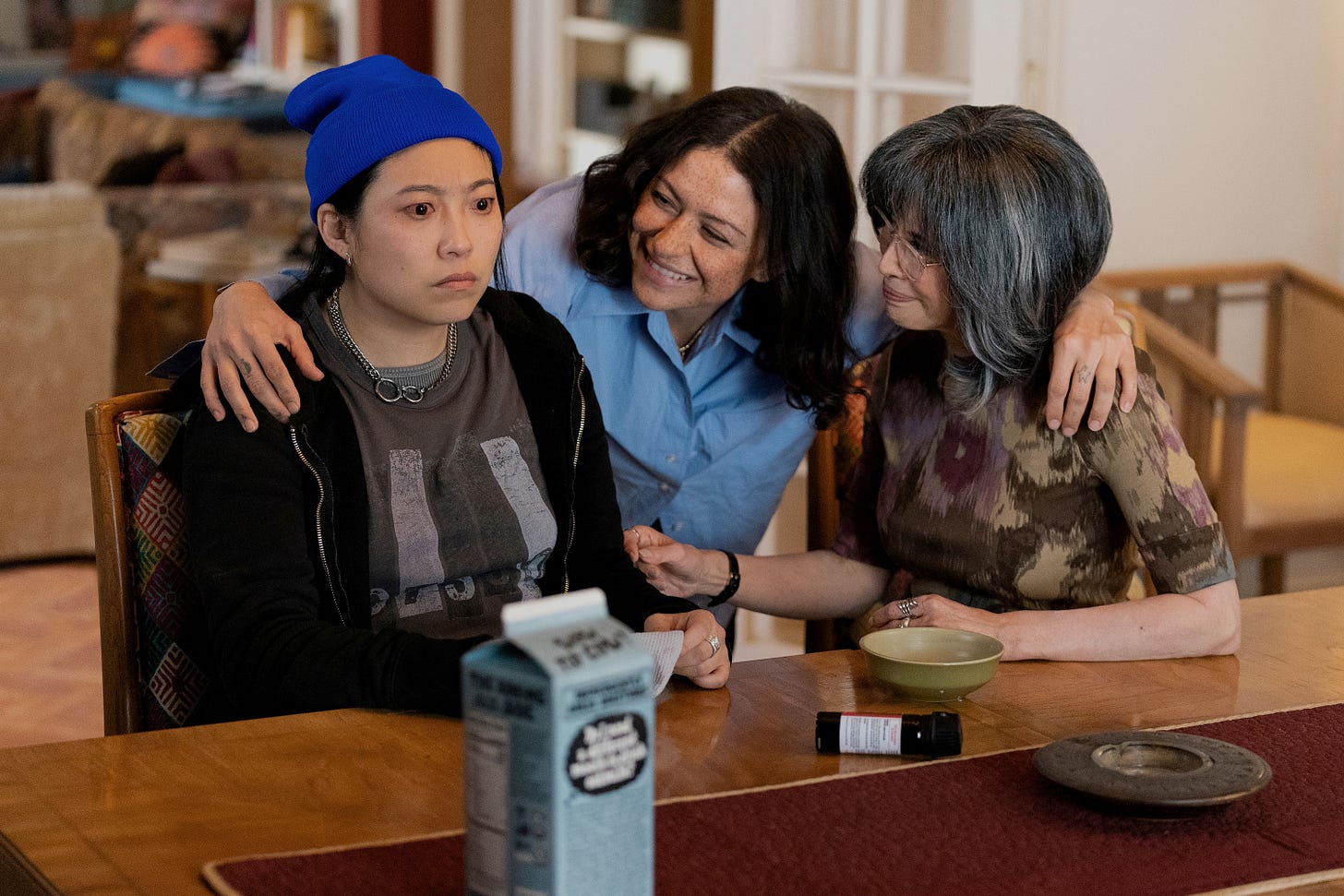
I went to several Everybody Loves Raymond tapings when I lived in LA and I couldn't get over how good that cast were. I don't have any memory of them slipping up or having to reshoot those famous long scenes you spoke of. One of the few plusses of being in a wheelchair is that you get to sit on the studio floor instead of the seating with the rest of the audience, and Brad Garret bringing me a pizza when it looked like filming of one particular episode was going long is still a highlight. I saw The Angry Family and Marie's vision done live and when I watch them now they still make me nostalgic. It still feels very relevant but also the last of its kind. I appreciate The Big Bang Theory and Two and Half Men were both big studio sitcoms to come after Raymond, but those didn't speak to me in the same way that Raymond did, so for me, it feels like the very last great studio sitcom. I admired that finale so much just because it felt like an ordinary episode of the show but also something different that felt more real than anything they'd done before.
I have a real fondness for “Men of a Certain Age.” Great writing and acting about a subject not usually explored in tv land.